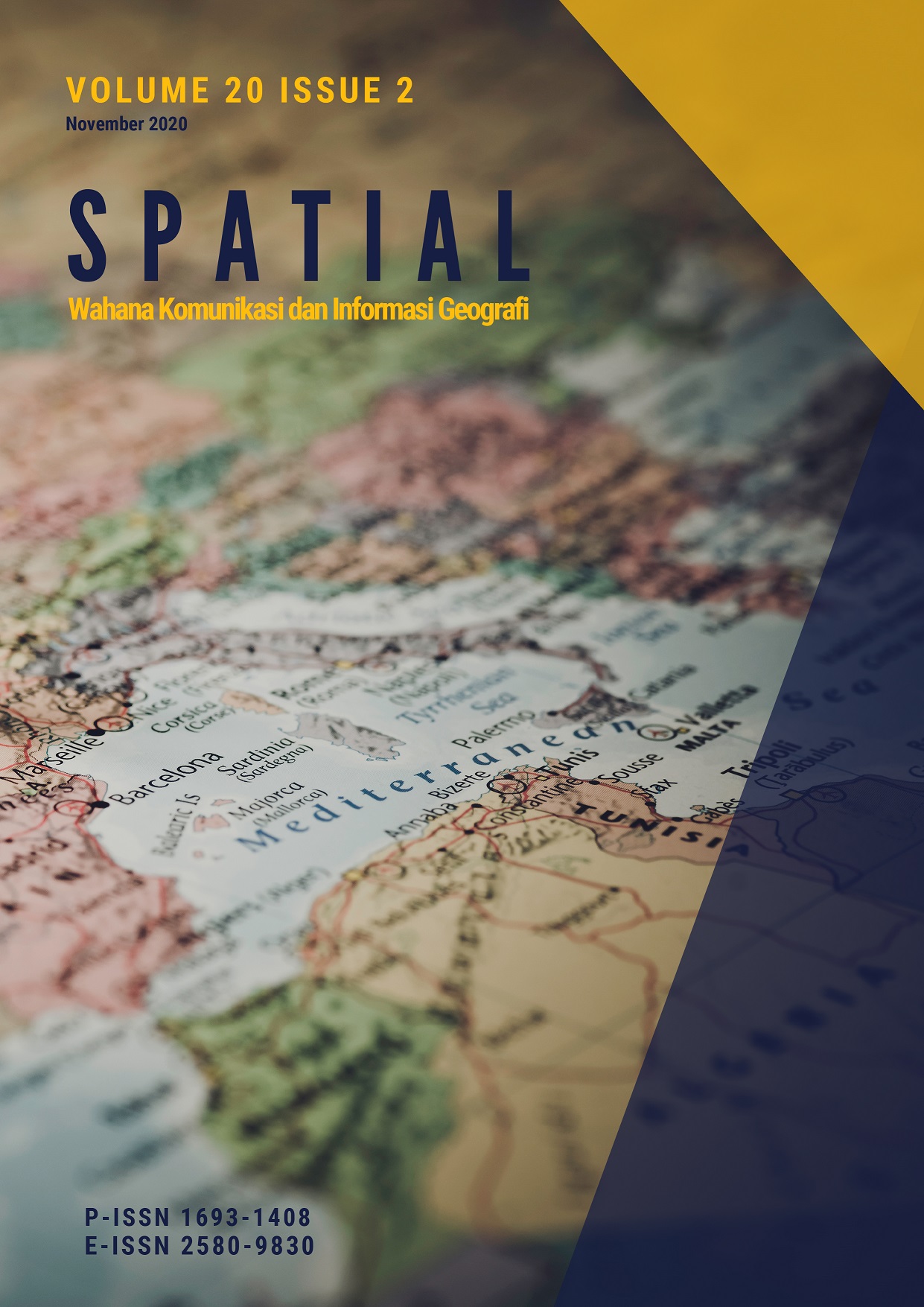The Commuting Pattern Analysis Of Commuters From Depok City West Java
Keywords:
Depok City, Commuters, Commuting PatternAbstract
This research aims to analyze the commuting pattern of commuters from Depok City. Quantitative descriptive method was used and survey was conducted in this research. The population of this research are 395.093 commuters from Depok and 100 commuters were selected as the sample. The result of this research are the characteristic of commuters based on its status can be classified into workers and students. Spatial commuting pattern that found on this research is headed to Jakarta as 97 percent while the rest go to South Tangerang. Based on the region characteristic, commuters come from suburb to CBD and suburb to suburb. There are 40 percent of respondents commute to Central Business Distict (CBD) of Jakarta, especially workers. The average distances of commuters are 26 kilometers and the commuting duration is 86 minutes. Non-spatial commuting pattern was related to the main mode of transport that use, there are Motorbike (43%) and Train (37%). The farther the distance is, the number of public transport users increase, especially for women. The typical of public transport users is ‘transit choice user’, which is related to the availability of public transport facility nearby their origin. Those who have high accessibility toward public transport live less than 5 kilometers from nodal interchanges (train station and bus stops).
Downloads
Published
How to Cite
Issue
Section
License
An author who publishes in the journal SPATIAL Wahana Komunikasi dan Informasi Geografi agrees to the following terms:
Author retains the copyright and grants the journal the right of first publication of the work simultaneously licensed under the Creative Commons Attribution 4.0 License that allows others to share the work with an acknowledgement of the work's authorship and initial publication in this journal
Author is able to enter into separate, additional contractual arrangements for the non-exclusive distribution of the journal's published version of the work (e.g., post it to an institutional repository or publish it in a book) with the acknowledgement of its initial publication in this journal.
Author is permitted and encouraged to post his/her work online (e.g., in institutional repositories or on their website) prior to and during the submission process, as it can lead to productive exchanges, as well as earlier and greater citation of the published work (See The Effect of Open Access).
This work is licensed under a https://creativecommons.org/licenses/by/4.0/









